
Strelitzia nicolai
Tuft
4STNITU12
The Strelitzia is a beautiful, tropical plant with large green leaves. This plant is especially known for the unique flowers that can appear; the Strelitzia also owes its nickname Bird of Paradise to this. In this blog, we will tell you more about the origins of this exotic plant and give you tips on how to care for it.
The Strelitzia originates from South Africa. In the eighteenth century, British botanist Sir Joseph Banks brought specimens of the Strelitzia from here to England. There, the plant was named after the then queen, Charlotte of Mecklenburg-Strelitz, who had a keen interest in botany.
The Strelitzia has a tropical look and is also called the Bird of Paradise, because of its striking flowers that resemble the head of a bird of paradise. In the wild, the plant can grow up to 10 metres tall. The elongated, green leaves naturally tend to tear, as this protects them from breaking off when the tall plant catches a lot of wind.
The Strelitzia prefers to be in the lightest possible spot, where it gets at least three hours of direct sunlight a day. This is in front of an east- or west-facing window, for example. A south-facing window is also possible, although the plant should be moved slightly away from the window in the hot summer months to avoid burning the leaves. In too little light, the Strelitzia hardly makes any new leaves, or the leaves become dark and unsightly. In that case, move the plant to a place with more light.

Because this tropical plant needs a lot of light, it also needs a lot of water. Water the plant once a week and adjust the amount so that the soil is just dry again after a week. In the spring and summer months, this means giving the plant more water at a time than in autumn and winter. In the beginning, feel the soil regularly. If it is dry within a week, water the plant a little more. If the soil is still wet after a week, water less at a time. The Strelitzia will tell you when the plant is getting too much water; the leaves will turn brown. Prevent root rot by not letting a layer of water build up at the bottom of the planter.
The Strelitzia benefits from regular spraying. This removes dust from the leaves and allows the plant to absorb more sunlight. Regular spraying also promotes humidity. If the humidity is too low, the leaves will curl. If new leaves have trouble unfurling, this process can be encouraged by spraying them occasionally. Strelitzias like somewhat warmer temperatures of at least 15°C during the day and 8°C at night.

As the plant ages, the oldest leaves will turn brown. Brown leaf edges or tips can be cut away, but if the leaves have largely turned brown, it is better to remove the whole leaf. In that case, cut off the stem two centimetres above the core. By leaving two centimetres, any infections arising in the open wound cannot spread to the whole plant. In time, the Strelitzia will shed this piece itself. The same applies to flowers that have finished flowering.
During the growing season, in spring and summer, the Strelitzia can use some extra nutrition every fortnight. The plant then makes new leaves. Use houseplant fertiliser and check the packaging for the right quantities. In autumn and winter, the Strelitzia does not need feeding.

The genus Strelitzia consists of five species, two of which are the best known and most popular: Strelitzia nicolai and Strelitzia reginae.
The Strelitzia nicolai is known for its long leaves, which can grow about 1.5 to 2.5 metres long. The large leaves grow fairly straight up, so the plant remains fairly slender and does not claim much space. It is possible for the Strelitzia nicolai to develop flowers, although this happens quite rarely. This is because the plant needs to be at least two metres tall to do so. The flowers of the Strelitzia nicolai have white and violet-coloured leaves.
The Strelitzia reginae is best known for the beautiful brightly coloured flowers that the plant develops when it is about eight years old. These flowers consist of three yellow-orange sepals and three purplish-blue or white petals. The flowers resemble the head of a crane or bird of paradise, to which the plant also owes its nickname. Unlike many other flowering plants, the Strelitzia reginae develops the flowers only from autumn onwards. Because they are quite large, they take longer to fully open. The Strelitzia reginae stays a lot smaller than the nicolai, growing up to about two metres tall. The leaves grow straight up and form a kind of leaf crown in the shape of a fan.


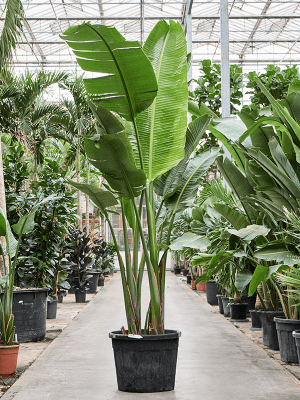
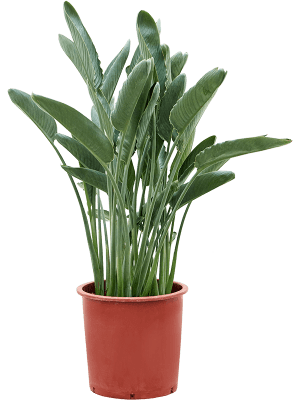

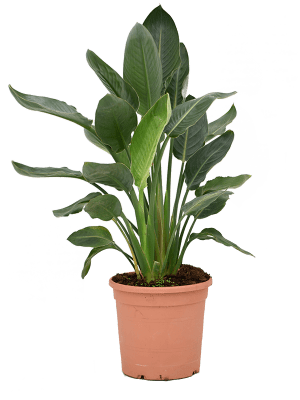




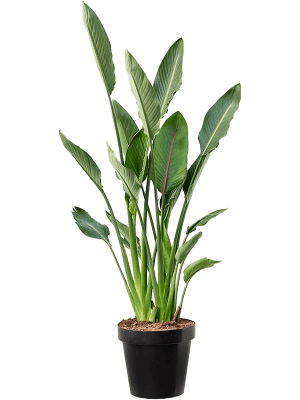
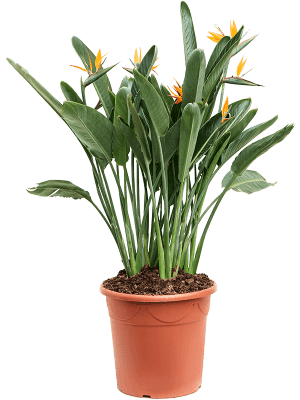
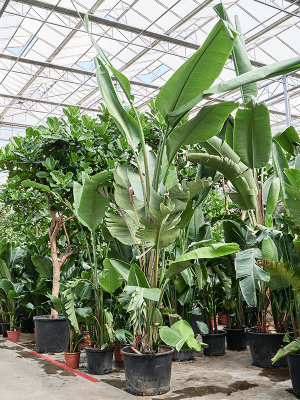
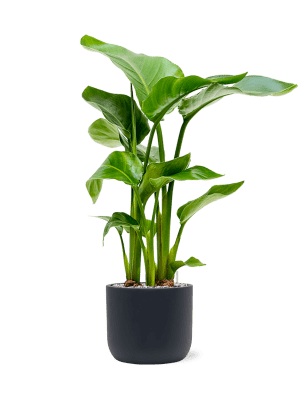

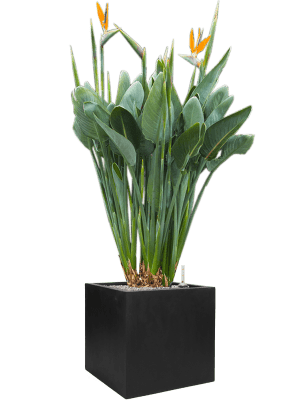



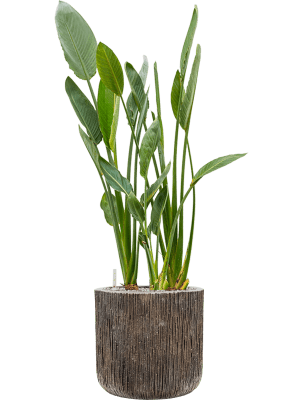

| Phone NL | +31 885 014 000 |
|---|---|
| Phone NGC | +31 885 014 014 |
| Phone FR | +33 (0)130 760 344 |